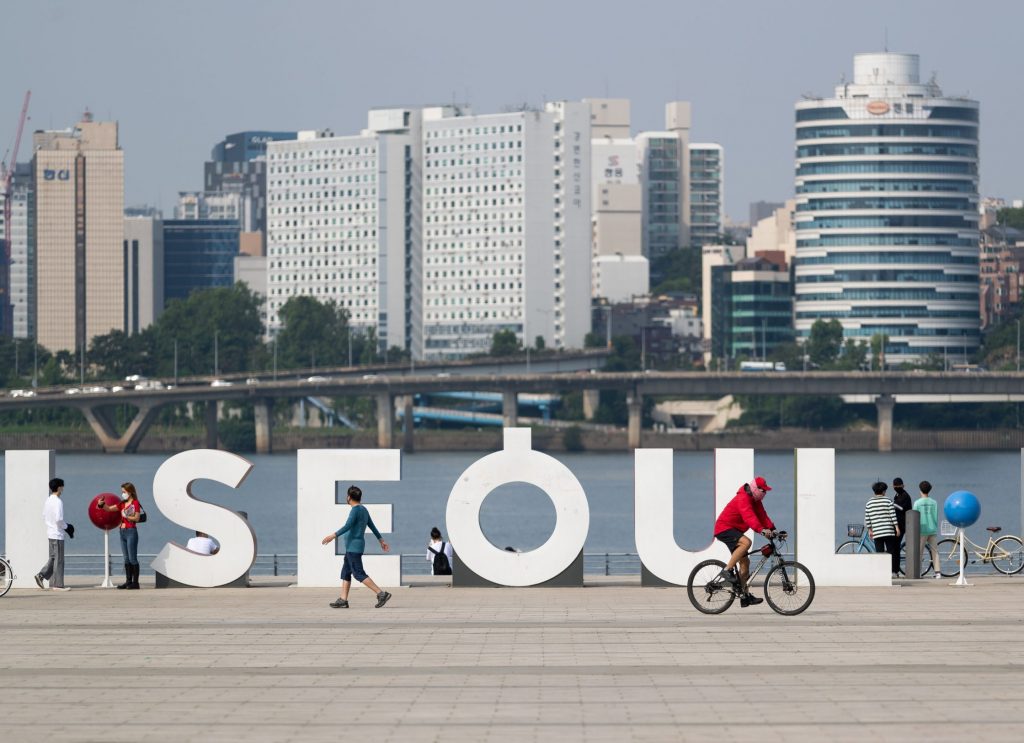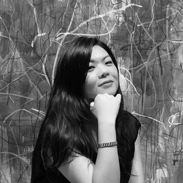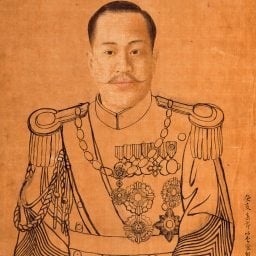Back in mid-2000s, when the art market in Asia was kept under the radar and all eyes were on the rise of China, South Korea was quietly enjoying its first taste of an art boom. It was an era that saw the mushrooming of art spaces, museums, and biennales, as well as an art market explosion driven by record-breaking local auction sales and an abundance of new galleries centering around the country’s capital of Seoul. Then, the global financial crisis hit in 2008, and that sudden expansion was suddenly gone.
This time around, things are going to be different, noted Do Hyung-teh, vice-president of the Galleries Association of Korea, which organizes the long-running art fair Kiaf Seoul and is a partner of Frieze’s first Asia venture in Seoul. Both fairs kick off the fall season with a highly anticipated Friday opening, alongside the launch of another new satellite fair, Kiaf Plus.
“This time, it’s more of a gradual increase as gallerists are taking more cautious steps, which I believe indicates healthier long-term growth of the market,” Do, also the owner and chief executive of Gallery Hyundai, told Artnet News. The expansion is a wholistic one, he said, with the growth of sales driven by a new generation of art collectors who are “young, very well-educated, and culture-oriented,” and who are diversifying the collector base in the country.
Indeed, all eyes are on Seoul this week as the art world returns from the summer break. Alongside a number of dinners and parties thrown by western galleries celebrating their expansion in the Korean capital, all signs conjure a rosy picture of how this Asian city might replace Hong Kong and become the region’s next art hub.
But could it be too good to be true?
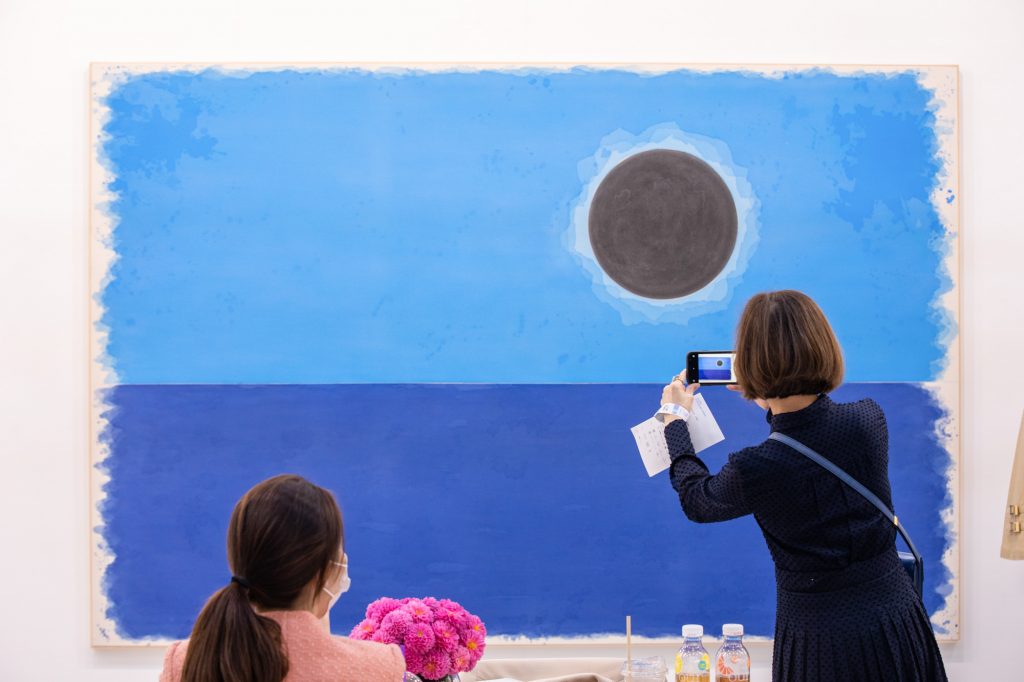
Kiaf Seoul 2021. Photo by Kiaf Seoul operating committee. Courtesy of Kiaf Seoul.
How Big Is the Korean Art Market?
The buying power is undeniable. Early in June at Art Basel in Basel, Korean buyers were out in force, becoming the most eye-catching shoppers from the east as international travel remains marred by Covid-19 restrictions for mainland Chinese and Hong Kong VIPs, traditionally the most noticeable group of east Asian buyers at the Swiss fair.
The latest estimate of South Korea’s art market for the first half of 2022 has reached 532.9 billion won ($410.2 million), according to a July report by the Korea Arts Management Service, a government agency working under the culture ministry that aims to make Korean performing and visual arts more competitive globally. The market has already surpassed half, or accounted for 58 percent, of the total market size in 2021 at 915.7 billion won ($682.8 million).
Kiaf saw a record high turnout last year with 88,723 visitors, totaling an estimated worth of 65.9 billion won ($49 million) in sales, more than a double of the sales total in the pre-pandemic edition in 2019.
Sales data of domestic auctions in Korea retrieved from Artnet Price Database reflects an even more dramatic trend. The combined total sales value of K Auction and Seoul Auction was on an upward trend from 2017 until 2019, where the figure fell to $99.6 million. It further slid down to $34.8 million during the pandemic year of 2020 but spiked in 2021 to a record $255.8 million, more than 2.5 times of the pre-pandemic figure in 2019. As of August 8, the total tales value of these two Korean auction houses has reached nearly $130 million, the same as the annual total in 2017.
Korean art lovers are spending a lot abroad at auctions as well. “Buying activity from collectors based in South Korea across our global 20th century and contemporary art sales increased by 258 percent in 2021, compared to the previous year,” Jonathan Crockett, Phillips’s Asia chairman, told Artnet News.
The staggering market expansion since 2021 could be a result of a change of tax law in South Korea, a bid to cool down the overheated property market, which made buying art more favorable than investing in real estates. There’s no VAT or import tax on artworks to begin with, and buyers of artworks valued under $51,000 are exempt from paying capital gains tax, even if artworks made by a living local artist later exceed that price threshold.
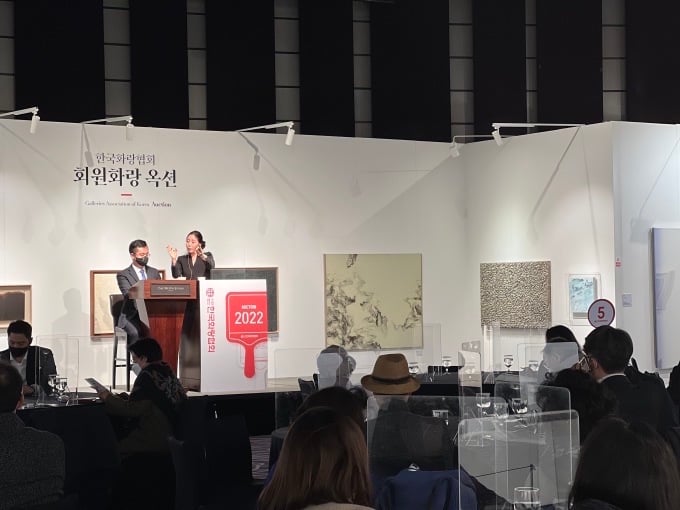
The Korean Galleries Association auction at the Westin Josun Seoul Grand Ballroom in Seoul on January 26. Image courtesy the Korean Galleries Association.
Old and New
One main reason for the confidence in Seoul is the mix of old and new collectors. Younger collectors between their 30s and 50s remain a major target: Phillips is staging a group selling show “New Romantics,” the auctioneer’s first in Seoul outside of the auction calendar. It will run during the art fair week featuring a line-up of young international artists specifically catering this crowd.
But Crockett noted that the art world in Korea has a solid foundation of art collecting, and that many have been buying top-notch international art since the 1970s.
The New York-based dealer Tina Kim has been selling works to Korea since the early 1990s, both to private collections and museums. “At the start, Korean clientele were more interested in blue-chip, internationally known artists, such as Calder, Warhol, and Basquiat,” Kim told Artnet News. “I was only working with a handful of buyers.”
But over the past two decades, Korean buyers have started to move outside of their comfort zone, traveling frequently to Hong Kong and Shanghai, while more have been purchasing art to diversify their financial portfolios, noted Kim, who is the daughter of Lee Hyun-Sook, the founder and chair of Korea’s powerhouse Kukje Gallery.
“Today, I find that Korean buyers have gained confidence and pride in collecting Korean artists. They are also much more interested in younger contemporary artists, both locally and internationally,” Kim said. “Now there is a much wider scope of Korean people collecting art.”
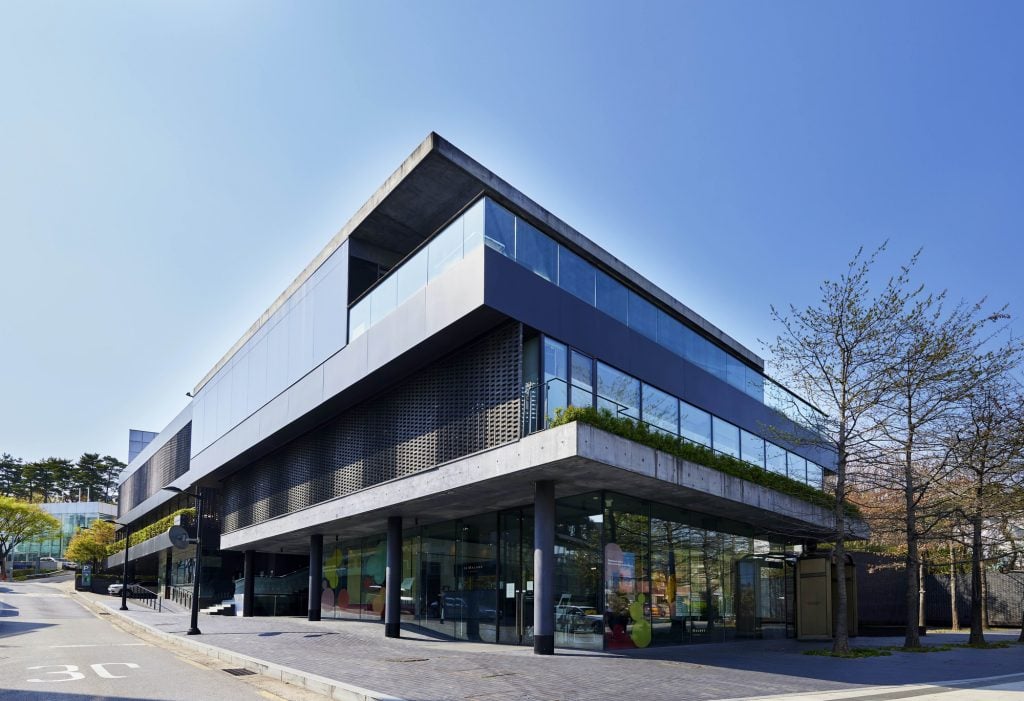
Pace’s expansion in Seoul. Photo: Sangtae Kim.
Not a Hong Kong Deja Vu
“I feel that some people have hoped that this Korean market might be able to duplicate the success of Hong Kong, mainland China, the miracle from ten years ago,” said Leo Xu, an industry veteran who founded a project space in Shanghai before becoming a senior director at David Zwirner in Hong Kong.
Over a decade ago, when Hong Kong was still dubbed a “cultural desert,” the former British colony entered a transformative phase when it began to have international art fairs, auctions, and influx of western galleries, quickly sealing its status as an art trading hub of Asia thanks to being a business-friendly, tax-free port alongside the rise of China’s economic power. The recent phenomenal emergence of Seoul internationally has reminded some of those who witnessed that golden era to the south.
But Seoul is not a sequel to the so-called Hong Kong “miracle” because it has been created within a completely different context, Xu noted. Hong Kong was already a global trading and financial hub when the art boom began, but at a time when Asia was still not fully exposed to the western art world. “People looked at Hong Kong as a springboard” amid China’s economic growth following the 2008 Beijing Olympics,” Xu pointed out.
“But the world is at a very different stage right now,” he added, citing the changes brought on by the pandemic, social media, and the geopolitical dynamics in the region. Tech-savvy and well-informed Korean young buyers will likely be game changers as they accommodate a much greater diversity of art, he said.
Do, from the Galleries Association of Korea, said the different context of Seoul will make the city better prepared for the art boom this time. “Long before the recent influx of western galleries, Seoul was already well-equipped with important infrastructure that composes the art market, including major galleries and institutions, public and private art museums, as well as supportive government funding and policies,” he said.
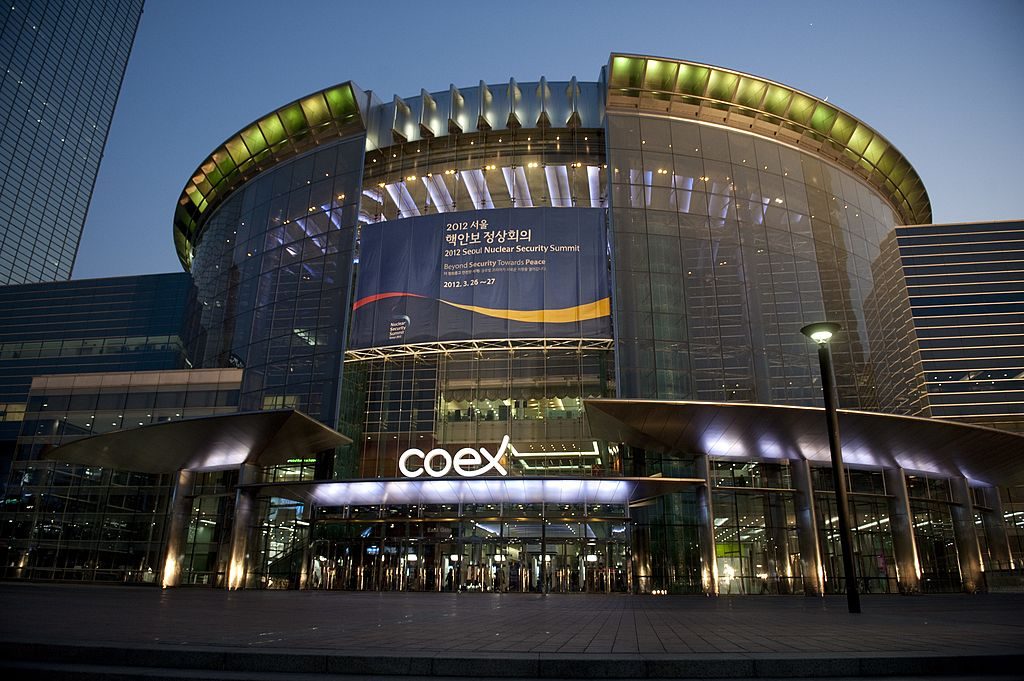
The exterior of the COEX Center in Seoul, where Frieze will take place this September. Photo by Saul Loeb/AFP via Getty Images.
Indeed, there are more than 500 museums and galleries in South Korea, and 100 of them are in Seoul. Korea’s solid artistic development has been driven by various movements over the past decades, such as the now globally popular Dansaekhwa, and many mid-career artists have already established themselves as international stars.
Do also believed that international galleries will in the future further elevate the status of Korean artists. Peres Projects from Berlin, one of the western galleries that has opened an outpost in Seoul, currently does not feature any Korean artists in its program, as Korean clients are focusing on international artists, according the gallery’s Asia managing director Kacey Cho. “But this is something that will change in the near future,” Cho said.
It’s Not Either/Or
The rise of Seoul, nevertheless, and even Singapore, has posed the inevitable question of whether they will take over Hong Kong as Asia’s art hub, which is facing political and financial uncertainties resulting in talent drain and capital outflow. Even South Korea’s consul general in Hong Kong Baek Yong-chun has also weighed in on how this city is falling behind as a business hub while Beijing continues to tighten its grip. “If Hong Kong becomes exactly like China … there is no need for Hong Kong to exist,” he said in a recent interview with the South China Morning Post.
On the other hand, to some industry veterans in Asia, different art cities in the region are not mutually exclusive from each other. The rise of Seoul and Singapore does not necessarily cancel out Hong Kong, yet. Zwirner’s Xu expects that the fairs in Seoul will offer a chance to show how the Korean market can complement the current Chinese market.
Henrietta Tsui-Leung, co-founder and CEO of Hong Kong gallery Ora-Ora, which will be making its Kiaf debut with a mix of Chinese and western artists, told Artnet News that it is unnecessary to see Seoul, Hong Kong, and other cities in Asia as a “rivalry or a zero-sum game.”
“I recently traveled to the U.S., and met many dynamic young artists in Los Angeles and New York. The situation is loosely analogous. L.A. is not going to immediately supersede New York,” said Tsui-Leung, referencing to the situation in Asia. “There is room for more than one hub in any region, and the art market is diverse enough to accommodate a variety of artistic focal points.”
Kiaf Plus opens on September 1 (VIP day) at Seoul Trade Exhibition and Convention (SETEC) and runs through September 5. Kiaf Seoul and Frieze Seoul open on September 2 (VIP day) at COEX Convention & Exhibition Center. Frieze Seoul runs through September 5 while Kiaf Seoul concludes on September 6.
This article was updated on August 31.
